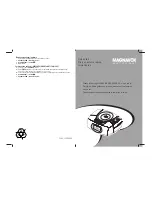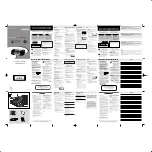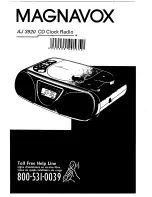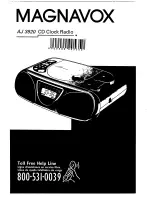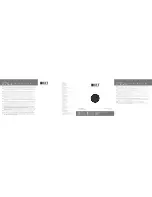
Revision A
6/21/2019
tres900s Operations Manual
Page
12
Figure 7
Installation Overview
The Reader is supplied in a weatherproof enclosure for direct outdoor installation or can be
placed indoors, such as in a guardhouse, or close to other electronic equipment. The Reader
outputs the decoded ASCII data to an access control unit via standard data cabling. The system
outputs data in both the standard Wiegand and serial RS232 outputted simultaneously.
Trigger Function
If the Reader is configured for triggering mode, the reader will only read a tag when the
BLUE
trigger wire (T1) is tied to ground. Normal ways to accomplish this is by using Loop Detectors
to detect the presence of a vehicle to open a gate, or as a safety device to prevent the gate from
closing on a vehicle in its path.
Vertical Plane
Vertical orientation is adjusted so as to aim the antenna at a spot about twenty feet (6.5 M) on
the road from the vehicle. From this spot forward, the detection area will increase as you get
closer to the gate.
Tag Vehicle Installation
A vertical orientation is the optimal orientation of the Tag in order of signal response
performance. If not a windshield tag, then install the Tag using double-sided tape or Velcro™.
Ensure the label-end of the Transponder is mounted in a vertical position for optimum read
range. Prior to installation, make certain the desired location complies with all state and local
vehicle code laws.
Parallel Surfaces Rule
Passive RF tag actually gets its power from the reader. That is to say that, the reader is emitting
RF and the tag must be able to absorb that RF, accelerate the signal and to reflect it back to the
reader. Therefore, if the surface of the reader and tag are close to parallel, this principal will
result in better tag reads.



















